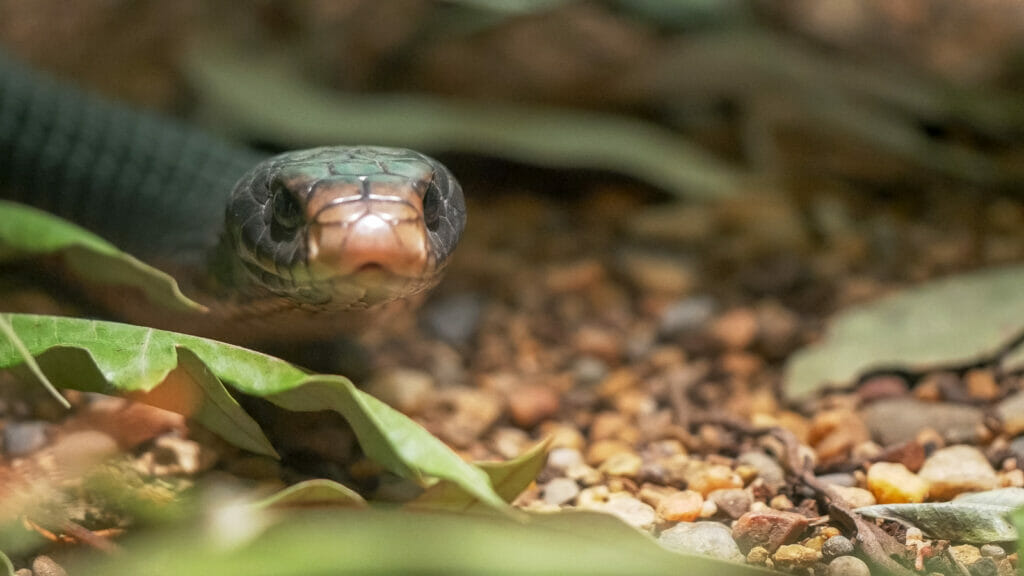
With summer among us, most people are heading outside to enjoy the beautiful and warmer weather. Whether you’re hiking, camping, or even lying by the water, outdoor dangers, such as a snake bite, may be lurking nearby.
Envenomation is the process by which venom is injected by the bite or a string of a venomous animal.
The most common poisonous snakes are rattlesnakes, coral snakes, copperheads, and cottonmouths. If a snake feels threatened by a person, it may try to defend itself by biting. Usually, people know right away if they have been bitten by a snake, but snakes also strike quickly and disappear before people even have time to react. According to the Center of Disease Control (CDC), about 7,000 – 8,000 people are bitten by venomous snakes in the U.S.
Depending on the kind of snake, the symptoms may include:
- Nausea/vomiting/stomach pain
- Weakness/drowsiness
- labored breathing
- Odd taste in the mouth/excess saliva
- Blurred or double vision
- Sweating
- Slurred speech
- Redness and swelling at the bite site
Here is what you need to do if you or someone else gets bitten by a snake.
- Call emergency services as soon as possible.
- Remain calm and stay still. Panic will increase your heart rate, and rapid movements can cause the venom to travel more quickly through the body.
- Remove any jewelry or tight clothing. The area surrounding the bite will most likely swell.
- If it was the arm or leg that was bitten, lift it so that it is level with your heart.
- Clean the bite wound. Be sure to wipe in the direction away from the wound.
- Cover the bite with a clean, loose fitting, dry bandage.
- Note the snake’s appearance. Not all snakes are venomous, but you should still be prepared to provide a description of the snake to emergency personnel.
- Attempt to suck out the venom. Putting your mouth on the bite may bring bacteria to the wound.
- Try to capture the snake. If possible, move out of view of the snake. Even recently dead snakes may still bite by reflex.
- Give the person alcohol or any other caffeinated drinks. This could speed up the rate at which your body absorbs the venom.
- Apply ice. Icing the snakebite can cause additional tissue damage.
- Cute the bite wound. It can cause blood loss and make the injury worse.
If you enjoy being outdoors, running into a snake is ultimately inevitable. However, there are still some precautions you can take.
- Wear shoes outside.
- Keeps the grass surrounding your house cut low.
- If you see a snake, slowly back away and do not touch it.
- Don’t stick your hand in places you can’t see, such as in between rocks.
- Don’t try to pick up, capture, and threaten (tease with a stick) a snake.
- Don’t camp near swamps, streams, or other places snakes live.
Treatment of the wound depends on the snake, the strength of its venom, and how much venom was injected into the body. Snakes will usually avoid people and only bite if they feel threatened. If you aren’t sure what kind of snake bit you, even if you think it’s nonvenomous, it should still be treated as a medical emergency.
Written by Dami Falade



